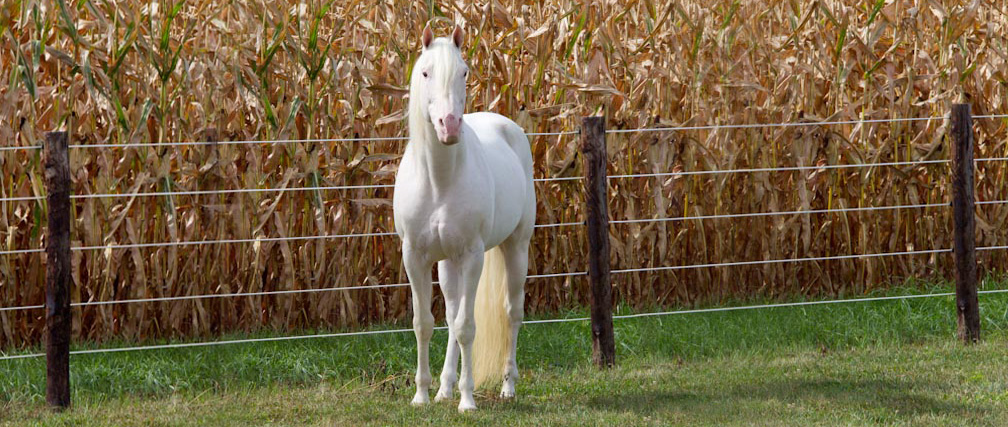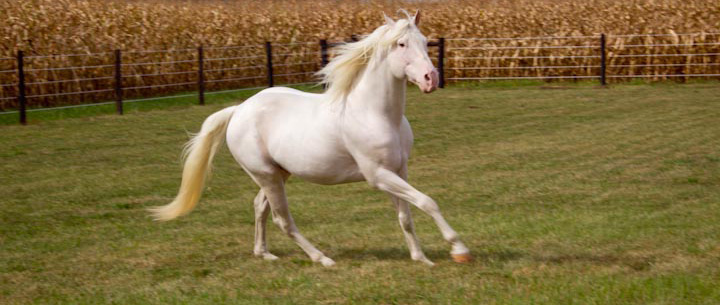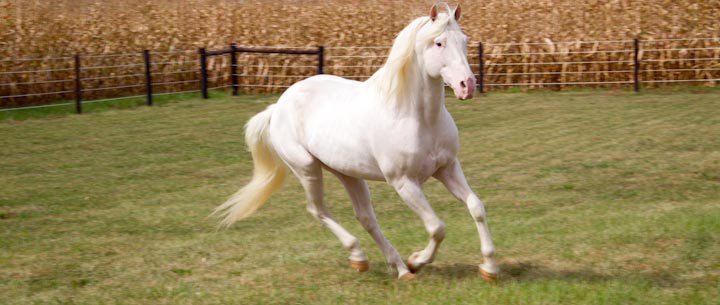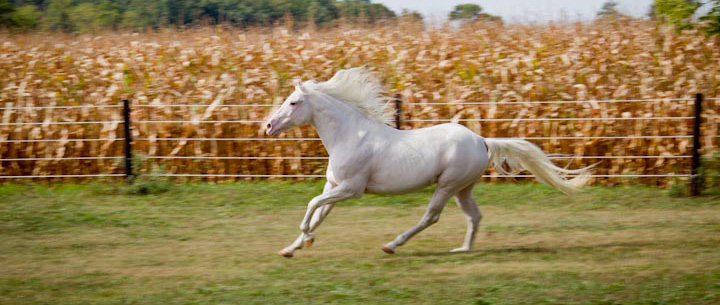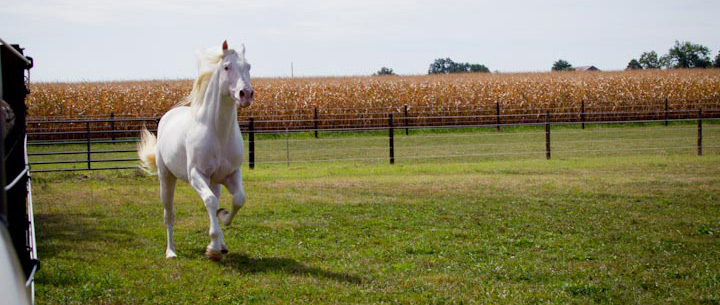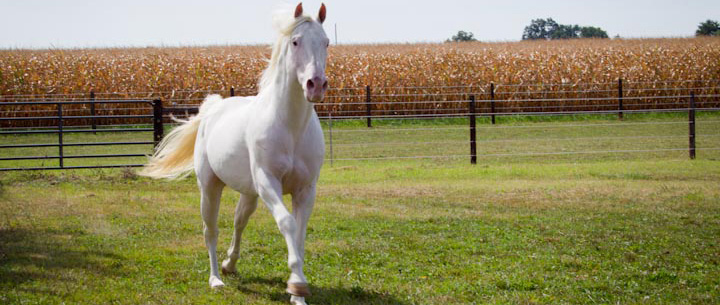I am happy to introduce S & R Appaloosas, a Facebook page owned by Renee Clarke in NW Indiana. Although Renee has been breeding quality Appaloosas since 1991 and has earned an excellent reputation in the Appaloosa world, she just recently started her Facebook page!
Renee is the friend who leased mares to me in 2014 to produce JBS Sham Again foals in 2015 and 2016. She has a lot more to show you on her page!
Whether you are shopping for a good Appaloosa with bloodlines to support the breed or just like looking at the pictures, I think you will enjoy Renee’s page. Please check it out and be sure to like it if you do. Check back often for new pictures!
——————–
Another excellent source for quality REAL Appaloosas vs the modern crossbreds is the Real Appaloosa Breeders page at napp4that.com.
——————–
This is what you do to fill the empty spaces when your last horse leaves your barn empty for the first time in 50 years:
jigsawplanet.com – search “Appaloosa”.
——————-
Appaloosa Genetics and the Eyes
—–by Kay Jackson, December 8, 2017

(LPlp Red Assumed)
Dam of JBS Sham Again
No CSNB Possible

(LPlp Black Assumed)
Sire of JBS Sham Again
No CSNB Possible
Developed Uveitis
 I am not a scientist and certainly no expert in the world of Appaloosa genetics. However, in the past few years, I have learned that LP is the presence of the Leopard Complex gene responsible for Appaloosa characteristics, and lp is used to note the absence of the LP gene. A horse may or may not inherit these genes, one from each parent, and together they determine the extent of Appaloosa characteristics of the foal. Simplified, a horse with no spots in its coat pattern is usually LPLP while a horse with spots is usually LPlp, and a horse with no spots or other characteristics is lplp. Please remember this explanation is highly simplified and I am not an expert.
I am not a scientist and certainly no expert in the world of Appaloosa genetics. However, in the past few years, I have learned that LP is the presence of the Leopard Complex gene responsible for Appaloosa characteristics, and lp is used to note the absence of the LP gene. A horse may or may not inherit these genes, one from each parent, and together they determine the extent of Appaloosa characteristics of the foal. Simplified, a horse with no spots in its coat pattern is usually LPLP while a horse with spots is usually LPlp, and a horse with no spots or other characteristics is lplp. Please remember this explanation is highly simplified and I am not an expert.
I owned an LPlp Appaloosa stallion (J.B.’s Sham-O-Kin) who developed Uveitis later in life. I also owned his son (JBS Sham Again), an LPLP Appaloosa stallion who is said to have been born with Congenital Stationary Night Blindness (CSNB) as a result of inheriting two copies of LP, one from his sire and one from his dam. I know first hand that Uveitis and CSNB are two very different and often misunderstood eye conditions somewhat common to Appaloosas but Uveitis is also possible in other breeds. To add to the confusion, I believe some people refer to both CSNB and Uveitis as Moon Blindness! I’m not going there.
J.B.’s Sham-O-Kin, my LPlp, lived most of his life here with me beginning before the age of two. JBS Sham Again, my LPLP, was bred and born here and spent 99.9% of his life here. I know how they were affected throughout their lives.
My LPLP never ever gave me ANY reason to believe sight was an issue for him, day or night, not even recently when tumors were removed from his eyes. CSNB has only become confirmed recently after limited research by The Appaloosa Project. I don’t mean to discredit The Appaloosa Project but want to point out that it is a study of only 30 selected Appaloosas. I find their research valuable but believe there is still more to learn.
When I learned about CSNB and the likelihood that my stallion was affected by it, I added night lights outside his stall where he always enjoyed free choice in or out. I don’t think he needed them but thought of it as if I turned on a light in the house at night – convenient for both of us but no big deal. I wish he had worn UV protection earlier but that is an entirely different issue of sun damage to light skin which can occur in any breed.
Two foals by my LPLP from registered lplp (Non-Characteristic /NC) Appaloosa mares arrived in 2018. Please see ALP Midnight Joker and SR Firefly Finale in the menu.
only with written permission of and credit to the author.
——————–
Moving On
September 2017

August 6, 2015
The old line Appaloosas were bred for beauty, strength, stamina, sound minds, and versatility. The versatility of these old lines is key while modern Appaloosas are often bred for one specific discipline. While I enjoy and appreciate horses of most types and colors, my focus continues to be on the old line authentic/Foundation Appaloosa as defined and carefully selected by the founders of the ApHC – the ApHC Foundation Appaloosa. There is no reason they can’t do it all.
I am proud to have made a very small contribution to that goal by bringing Chelsea, Joker, Ivory, Midnight, and Firefly into the world.
Chelsea and Joker have moved on to bright new futures with Mary and Sue. Chelsea’s full sister, Ivory, is with Amy! Atlas and Ruby (Midnight and Firefly) are happily settled with Anna and Erica. I am blessed to know they are all safe, healthy, and happy. Be sure to follow them all on their pages of this website and on our Facebook page. Their sire and grandsire are at peace, resting under planted memorials at the entrance to our yard.
This page will be used for special announcements and information about all types of Appaloosas going forward. Just facts, no opinions. My goal is to provide valid and accurate unbiased information geared toward the true authentic/ApHC Foundation Appaloosa. Ideally, I would love to persuade you to help in the revival of the endangered Foundation Appaloosa. The choice is yours, of course, and no choice is wrong.
To discuss ideas, share information, and ask questions, please join the closed Facebook Group – Registered Appaloosas – Uncensored. The comments section of the pinned post lists an unbiased description of most Appaloosa registries, clubs and associations to help you find the group or groups that best fit your goals. They are all good but different. There is absolutely no need to consider one better than another.
My barn is empty but this beautiful, smart, loyal, and trusting breed is forever in my heart. If I can help you learn more about it, please don’t hesitate to ask. I’m no expert but I know people who are. If I can’t answer your question I would be happy to help you find someone who can!
—–Kay Jackson
——————–
